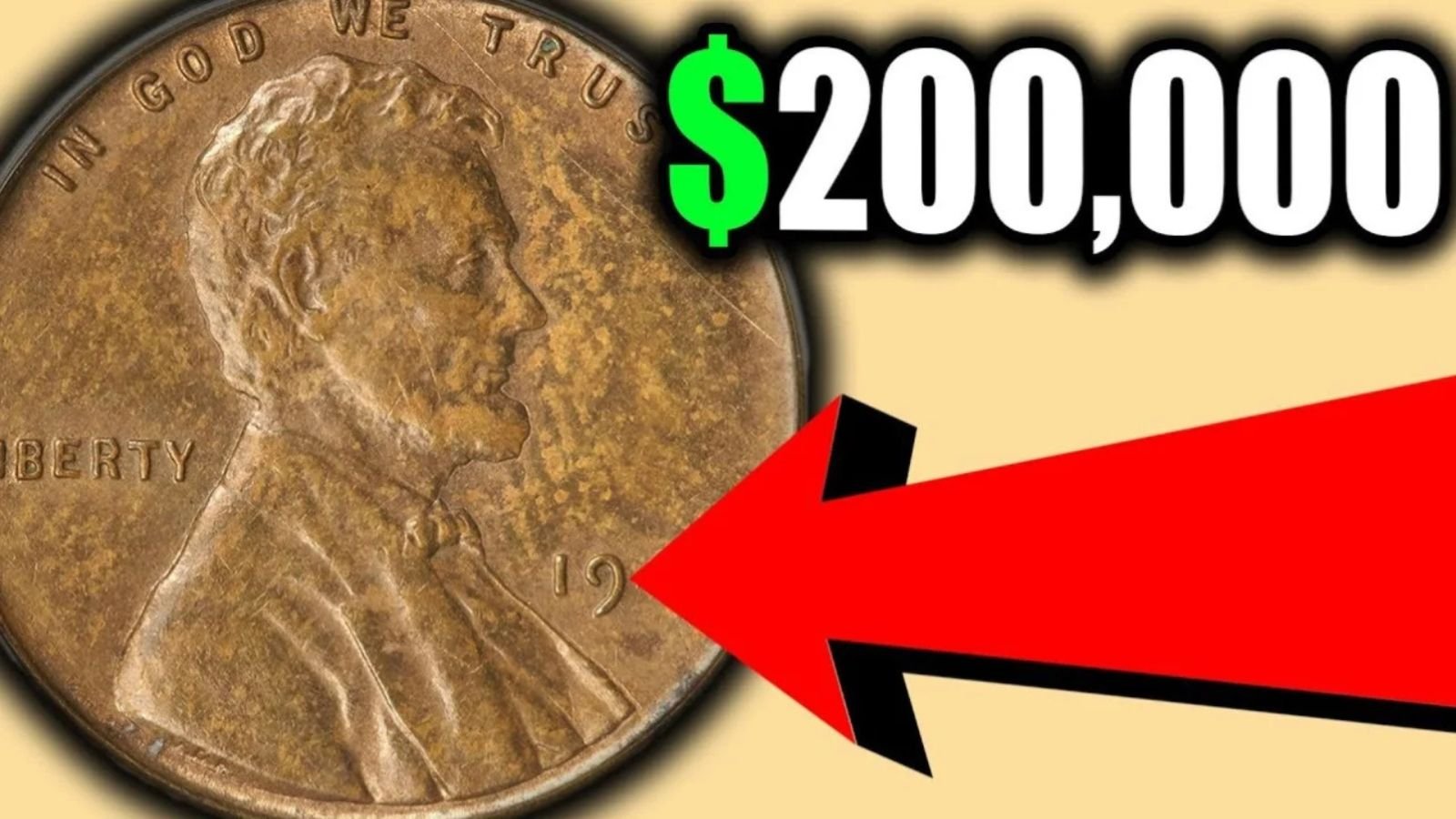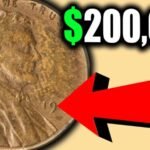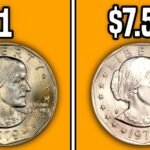Welcome, coin enthusiasts and curious minds alike! If you’ve ever stumbled upon a small, copper-hued coin with two wheat stalks on its reverse, you’ve discovered a slice of American heritage. That unassuming coin is the Lincoln Wheat Penny, a beloved piece among collectors and history buffs. While it might seem like spare change to the average person, this coin is a gateway into early 20th-century America, filled with rich stories and hidden value. Today, we’ll explore why the Lincoln Wheat Penny continues to hold hearts, how to identify valuable ones, and how it remains a prized collectible even now.
Why the Lincoln Wheat Penny Matters
The Lincoln Wheat Penny isn’t just another old coin—it’s a symbolic tribute to one of America’s most respected presidents, Abraham Lincoln. First introduced in 1909 to honor the 100th anniversary of Lincoln’s birth, it marked a monumental shift in U.S. coin design. For the first time, a real person—rather than an allegorical figure like Lady Liberty—was featured on a circulating coin.
The coin was designed by Victor David Brenner and became instantly recognizable for its obverse side featuring Lincoln’s bust and the reverse adorned with two stylized wheat ears flanking the words “ONE CENT.” These wheat stalks are what gave the coin its affectionate nickname: the Lincoln Wheat Penny.
A Journey Through American History
The Lincoln Wheat Penny debuted in an era defined by transformation and innovation. In 1909, the same year the coin launched, the country was experiencing the end of Theodore Roosevelt’s presidency and the rise of mass automobile production, notably the Ford Model T. Over its fifty-year run (1909–1958), the coin bore silent witness to two World Wars, the Great Depression, and the social changes of post-war America.
Each Lincoln Wheat Penny that circulated during these decades tells a quiet tale—of pockets it passed through, purchases it helped make, and the evolving nation it served.
Key Dates and Rare Editions Worth Knowing
While most Lincoln Wheat Pennies are relatively common, a few key dates and mint errors are incredibly valuable. These rarities can be worth hundreds or even thousands of dollars. Let’s explore a few standout examples:
- 1909-S VDB: Only 484,000 of these were minted, and they bear designer Brenner’s initials. This penny can fetch thousands in fine condition.
- 1914-D: A low mintage coin from the Denver mint, it’s rare and desirable—especially in higher grades.
- 1922 No D: A minting mishap caused this Denver-minted coin to miss its “D” mint mark entirely. The error makes it highly collectible.
- 1943 Copper Penny: Due to World War II, 1943 pennies were mostly made from steel to conserve copper. However, a few bronze (copper) planchets were accidentally used. These pennies are now worth upwards of $100,000.
What Determines a Lincoln Wheat Penny’s Value?
Three critical factors influence the worth of a Lincoln Wheat Penny:
- Rarity: How many were minted and how many still exist.
- Condition: Coins are graded on a scale from Poor (P-1) to Mint State (MS-70). Sharper details and a lack of wear can significantly increase a coin’s value.
- Demand: Some dates and errors are more popular with collectors, thus driving higher prices.
Even a well-circulated Lincoln Wheat Penny can be valuable if it’s a rare year or contains a minting error.
How to Spot a Valuable Lincoln Wheat Penny
Treasure hunting in your own change jar? Here are some tips to help identify coins worth a second look:
- Check the Date and Mint Mark: The mint mark is located just below the date. A “D” stands for Denver, “S” for San Francisco, and no mark for Philadelphia.
- Examine the Condition: Are Lincoln’s facial features sharp? Do the wheat stalks look crisp? Less wear usually means more value.
- Look for Errors: Double-struck dates, off-center prints, or missing letters can boost a penny’s value.
Lincoln Wheat Penny Value Chart
| Year | Mint Mark | Condition (Good) | Condition (Mint State) |
|---|---|---|---|
| 1909-S VDB | S | $500–$1,000 | $2,000–$10,000+ |
| 1914-D | D | $150–$300 | $2,500–$10,000 |
| 1943 Copper | None | $50,000+ | $100,000+ |
| 1955 Doubled Die | None | $1,000–$1,500 | $15,000–$25,000 |
Why People Love Collecting Lincoln Wheat Pennies
Collecting Lincoln Wheat Pennies is both accessible and rewarding. For many, it starts with the thrill of discovery—finding an old coin in pocket change or among inherited belongings. These coins are often the gateway into the world of numismatics.
Why are they so appealing?
- Affordability: Many Lincoln Wheat Pennies cost less than a cup of coffee.
- Educational Value: Each coin teaches a bit of American history.
- Nostalgia: They remind people of their childhood or their grandparents’ coin jars.
- Investment Potential: Rare coins appreciate over time.
Getting Started: Tips for New Collectors
Thinking of diving into the hobby? Here’s how you can start collecting Lincoln Wheat Pennies:
- Begin with a Whitman Coin Folder: This helps you organize coins by date and mint mark.
- Study Grading Scales: Learn how to recognize coin conditions. Online guides and videos are plentiful.
- Join Coin Clubs or Forums: The numismatic community is active and welcoming.
- Use Proper Storage: Keep your coins in acid-free holders or albums. Avoid plastic bags or loose containers.
Famous Lincoln Wheat Penny Finds
Believe it or not, people still discover valuable Lincoln Wheat Pennies in unexpected places:
- A Massachusetts man once found a 1909-S VDB in a tin of old buttons.
- A child traded a 1943 steel penny at a coin show, only to later realize it was actually one of the few copper versions.
- A woman sorting through her father’s estate discovered multiple 1914-D pennies in a cigar box.
These finds aren’t just lucky—they’re reminders to always check your coins closely!
Frequently Asked Questions
Q1: What is the rarest Lincoln Wheat Penny?
The 1943 copper penny is among the rarest. Only a few exist, and their value can exceed $100,000 depending on the condition.
Q2: How do I know if my penny is valuable?
Check the date, look for mint marks, and assess the coin’s condition. Rare dates like 1909-S VDB or unique errors can be quite valuable.
Q3: Where can I sell my Lincoln Wheat Penny?
You can sell them at coin shops, online platforms like eBay, or at coin auctions. For high-value coins, consult with a professional numismatist or auction house.
Q4: Are all Lincoln Wheat Pennies worth keeping?
Even if they’re not high in value, these coins are historical and fun to collect. They’re excellent starter coins for new collectors.
Conclusion: More Than Just Pocket Change
The Lincoln Wheat Penny is not just a coin—it’s a reflection of American culture, craftsmanship, and history. Whether you stumble upon one in your change or start a collection from scratch, these pennies offer much more than monetary value. They spark curiosity, encourage learning, and maybe, just maybe, hide a small fortune in plain sight.
So the next time you see one of these iconic coins, take a moment. You might be holding a piece of the past—and possibly, a tiny treasure.
Some Important Link
| Telegram Group | Click Here |
| WhatsApp Group | Click Here |
| Home Page | Click Her |










